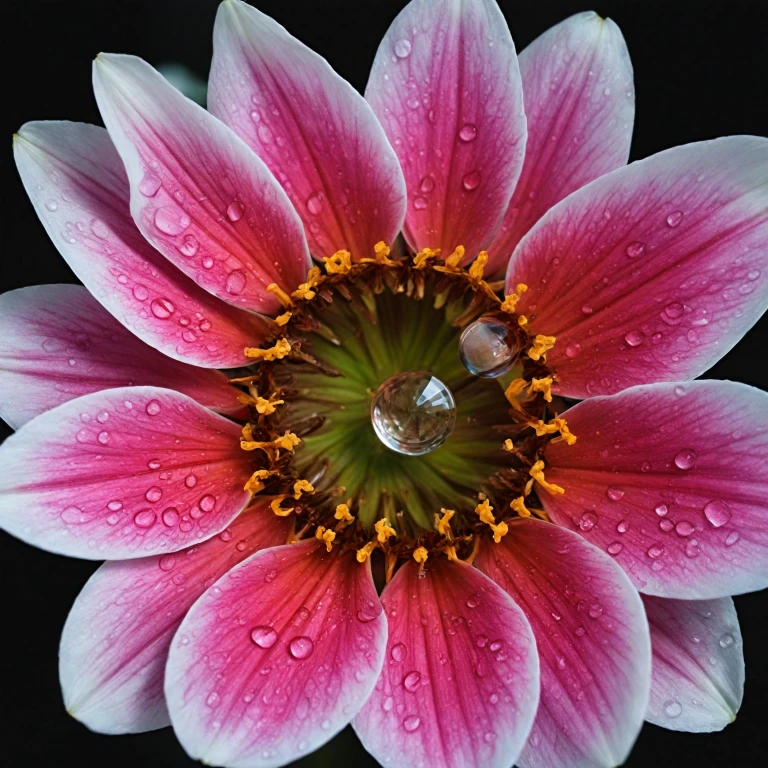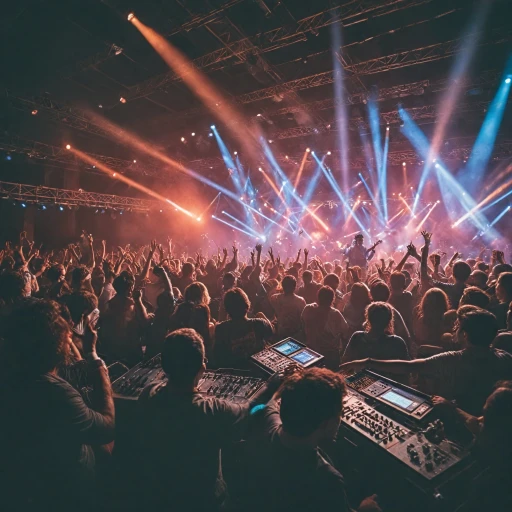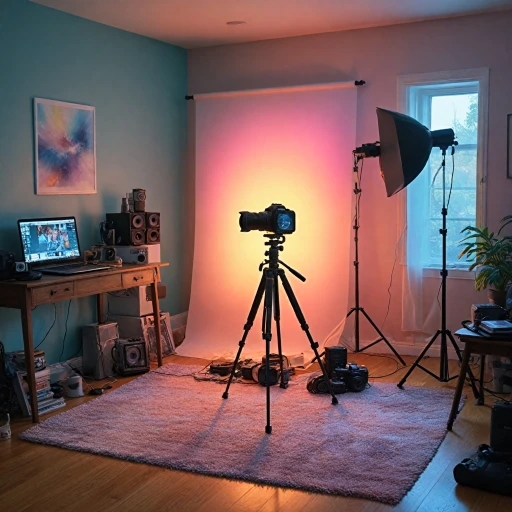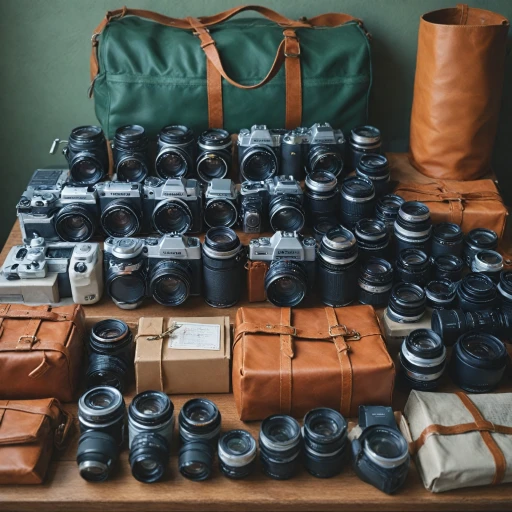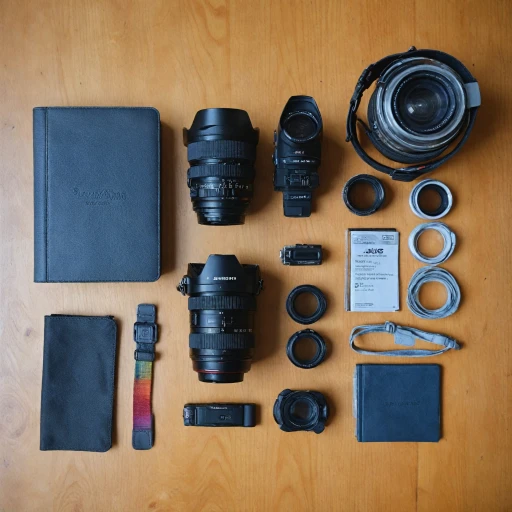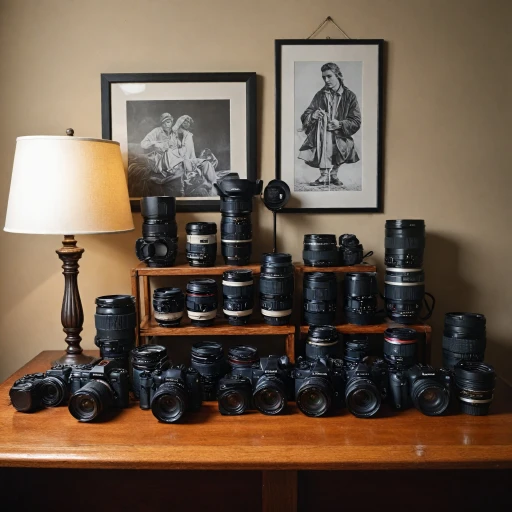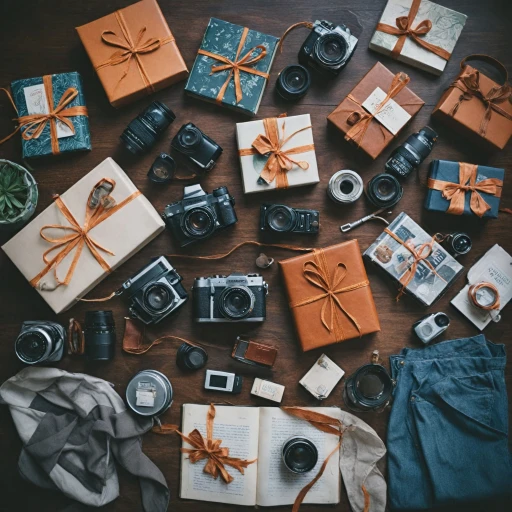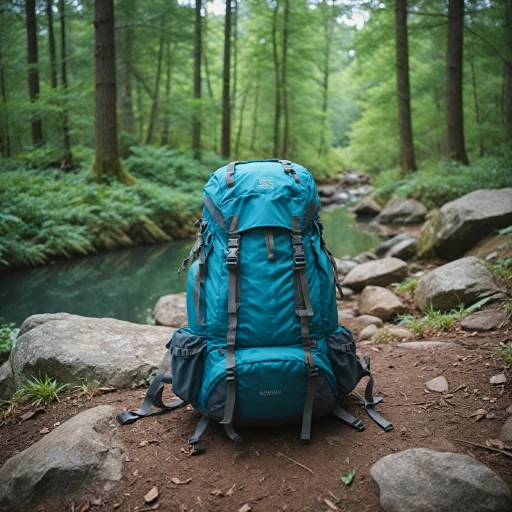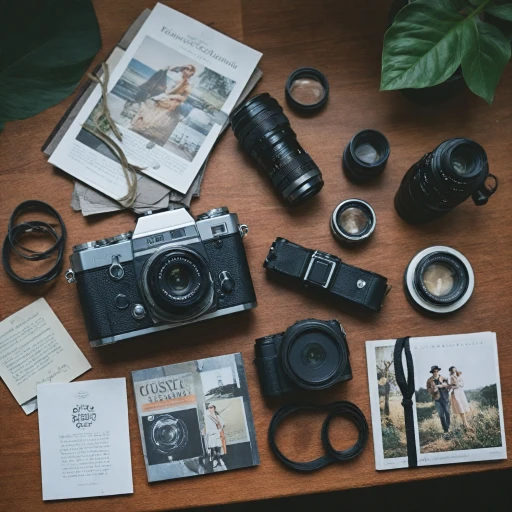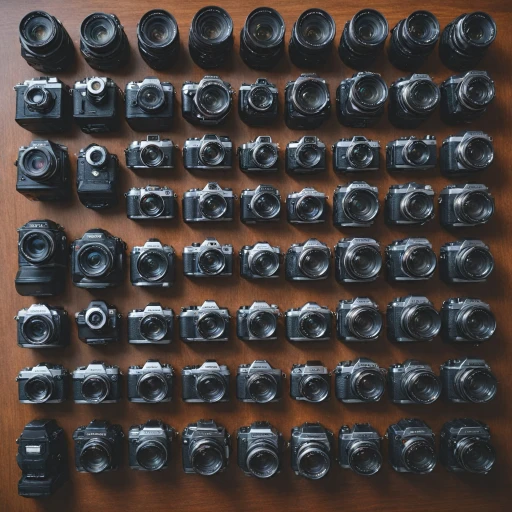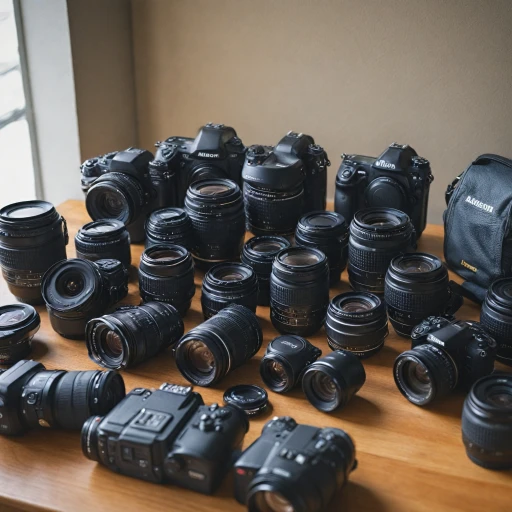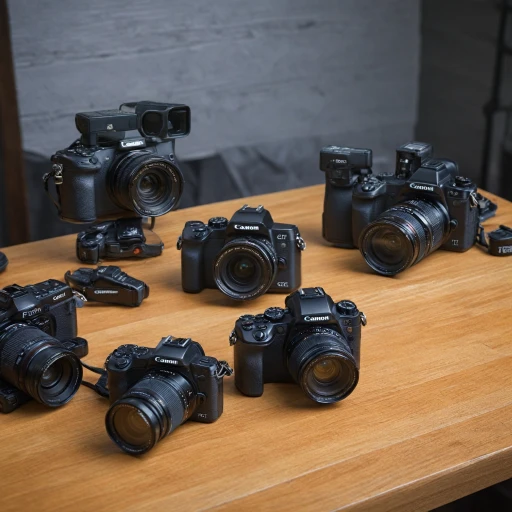
Understanding the Role of a Handheld Magnifying Glass in Photography
Exploring the Impact of Magnification in Photography
In the world of digital photography, a handheld magnifying glass can be an unexpected yet powerful tool. While many photographers focus on lenses and cameras, incorporating a magnifier can open up new creative possibilities. This tool allows photographers to explore intricate details that are often overlooked, enhancing the depth and texture of images.
Why Use a Handheld Magnifying Glass?
Using a magnifying glass in photography is not just about enlarging subjects; it's about discovering a new perspective. A handheld magnifier can help capture the fine details of a subject, offering a unique view that standard lenses might miss. This can be particularly beneficial for macro photography, where capturing minute details is crucial.
Understanding the Different Types of Magnifiers
There are various types of magnifiers available, each with its own set of features. From illuminated magnifiers with LED lights to large handheld options, the choice depends on your specific needs. Some magnifiers come with scratch-resistant glass, ensuring durability, while others offer hands-free options for ease of use. It's important to consider factors like lens quality, light availability, and the intended use when selecting a magnifier.
Considerations for Choosing the Right Magnifier
When selecting a magnifying glass for photography, consider the list price, availability, and features like LED illumination. A reading magnifier with a large lens can be ideal for capturing detailed shots, while a handheld reading magnifier might be more suitable for quick adjustments. Additionally, look for options that offer free shipping and check customer reviews to ensure you're getting a product that meets your expectations.
Choosing the Right Magnifying Glass for Your Camera
Deciding on the Right Type for Your Camera
When integrating a handheld magnifying glass with your digital camera, selecting the right one is crucial. Each option offers different benefits and matches specific needs. Consider these factors while making your choice:
- Types of Magnifiers: Options range from glass lens to illuminated magnifiers with led lights. An illuminated magnifier, for instance, enhances visibility in low-light conditions, which can be critical when capturing intricate details.
- Lens Quality: Opt for a scratch resistant lens to ensure longevity. A high-quality lens enhances image clarity, which is essential in minimizing distortions when magnifying.
- Size and Portability: Depending on your shooting scenarios, you may require a large handheld magnifier or prefer something smaller. A light handheld option is convenient for on-the-go photography.
- Price and Availability: Prices vary significantly, often influenced by features and lens specifications. Explore retailers that might offer discounts or free shipping. Check for frequent reviews and ratings, such as stars, to validate the quality.
- Specific Features: For low vision adjustments, or if you require it for hands free use, certain models may include additional features. Others feature glass led enhancements for improved visibility during nighttime shoots.
Focus on what will complement your photography style and digital camera specifics. Each handheld magnifier provides unique enhancements, and choosing the right product could remarkably elevate your photographic results. For further insight into photography tools and unique perspectives, explore the unique perspective offered by varying photography equipment.
Techniques for Using a Magnifying Glass with Your Digital Camera
Mastering the Art of Magnification in Photography
Integrating a handheld magnifying glass into your photography toolkit can transform the way you capture intricate details. Although it might seem challenging at first, there are some techniques that can ease the process and enhance your images significantly.
- Stabilize Your Equipment: When using a magnifying glass, stability is crucial. Consider using a tripod or a stable surface to keep your camera and glass steady. This will minimize blurriness caused by hand movements.
- Play with Distances: Experiment with the distance between the magnifying glass and your camera lens. This adjustment will impact the level of magnification you achieve, as well as the clarity of the image.
- Focus and Lighting: Most magnifiers, especially those with built-in LED lights, can enhance the focus and illumination of your subject. These features are crucial when working with low-light conditions or tiny subjects.
- Achieving Focus: Many handheld reading magnifiers have a limited focusing range. It's important to align the lens and magnifying glass carefully. Adjust the focus of your camera for clear and sharp images.
Incorporating these practices can make a huge difference. Not only will your images stand out, but you will also gain new creative freedoms. Consider checking out understanding the differences between mirrorless and DSLR cameras for some additional insights on compatible camera types that may enhance your experience with magnification photography.
Benefits of Combining Magnification with Digital Photography
Advantages of Merging Magnification with Digital Photography
Combining a digital camera with the precision of a handheld magnifying glass can elevate your photography to new heights. The ability to see intricate details that are normally missed with the naked eye is a game-changer for many photographers. Here are some of the key benefits:- Detail Enhancement: Using a handheld magnifier allows photographers to capture minute details with stunning clarity. This is particularly beneficial for macro photography, where subjects like insects or small objects demand close inspection and detail work.
- Increased Creativity: Magnification can open a world of creative opportunities. Photographers can experiment with angles and perspectives that weren’t previously possible, allowing for unique compositions that stand out.
- Cost-Effective Solution: Investing in a magnifying glass is often more affordable than purchasing a new lens. For those on a budget, a handheld magnifying glass provides a low-entry price point without compromising quality.
- Portability and Convenience: With the lightweight and portable nature of handheld magnifying glasses, photographers can easily carry them in their gear bags. This ensures readiness for spontaneous and impromptu sessions.
- Enhanced Focus: An illuminated magnifier can provide additional light, making it easier to focus on the subject. This can significantly improve low-light photography by illuminating the subject's details.
